Succulent landscaping is a type of gardening that focuses on using succulent plants to create beautiful and unique outdoor displays. Succulents are plants that have thick, fleshy leaves or stems that store water, allowing them to survive in arid conditions. This makes them perfect for dry climates or areas with limited water resources.
In recent years, succulent landscaping has become increasingly popular for several reasons. Firstly, succulents are known for their low-maintenance nature. They require minimal watering and can survive in a variety of soil types. This makes them ideal for busy individuals or those who may not have a green thumb.
Additionally, succulents come in a wide range of shapes, sizes, and colors, making them incredibly versatile in design. They can be used as ground cover, in rock gardens, or even in hanging baskets. Their unique textures and forms add visual interest to any landscape.
The Benefits of Using Succulents in Your Outdoor Displays
One of the main benefits of using succulents in your outdoor displays is their drought-tolerant nature. Succulents have adapted to survive in arid environments by storing water in their leaves or stems. This means they can go for long periods without being watered, making them perfect for areas with limited water resources or for individuals who want to conserve water.
Another benefit of using succulents is their low-maintenance nature. Unlike other plants that require regular watering and pruning, succulents can thrive with minimal care. They are also resistant to pests and diseases, reducing the need for chemical treatments.
In addition to their practical benefits, succulents are also aesthetically pleasing. Their unique shapes, colors, and textures add visual interest to any landscape. Whether used as a focal point or as part of a larger design, succulents can create a stunning and eye-catching display.
Types of Succulents: Choosing the Right Plants for Your Landscape
When it comes to choosing succulents for your landscape, there are a wide variety of options to choose from. Some popular types of succulents include Echeveria, Sedum, Aloe, and Agave. Each type has its own unique characteristics and requirements, so it’s important to consider these factors when making your selection.
Factors to consider when choosing succulents include the climate in your area, the amount of sunlight your landscape receives, and the type of soil you have. Some succulents prefer full sun, while others can tolerate partial shade. Similarly, some succulents thrive in sandy or well-draining soil, while others prefer a more loamy or clay-based soil.
It’s also important to consider the size and growth habit of the succulent. Some succulents stay small and compact, making them ideal for container gardens or small spaces. Others can grow quite large and may require more space in your landscape.
Designing with Succulents: Tips and Tricks for Creating a Stunning Outdoor Display
When designing with succulents, there are several tips and tricks you can use to create a stunning outdoor display. One important aspect to consider is choosing the right colors and textures. Succulents come in a wide range of colors, from vibrant greens to deep purples and even variegated patterns. By selecting a variety of colors and textures, you can create visual interest and contrast in your landscape.
Another tip is to create focal points using succulents. This can be done by grouping several plants together or by using larger specimens as standalone features. Focal points draw the eye and create a sense of visual hierarchy in your landscape.
Incorporating other elements into your succulent design can also add interest and depth. For example, you can use rocks or pebbles to create a natural-looking rock garden or use driftwood or other natural materials to create a rustic or beach-themed display.
How to Care for Succulents in Your Landscape: Watering, Soil, and Sunlight Requirements
Proper care is essential for the health and longevity of your succulent landscape. One important aspect of care is watering. While succulents are drought-tolerant, they still require some water to thrive. It’s important to water them deeply but infrequently, allowing the soil to dry out between waterings. Overwatering can lead to root rot and other issues, so it’s important to find the right balance.
In terms of soil requirements, succulents prefer well-draining soil that allows excess water to escape. You can create a suitable soil mix by combining equal parts potting soil, sand, and perlite or pumice. This will provide the right balance of moisture retention and drainage.
Succulents also have specific sunlight needs. Most succulents prefer full sun or at least six hours of direct sunlight per day. However, some varieties can tolerate partial shade. It’s important to consider the sunlight conditions in your landscape when choosing succulents and to place them in the appropriate location.
Incorporating Succulents into Your Existing Landscape: Ideas and Inspiration
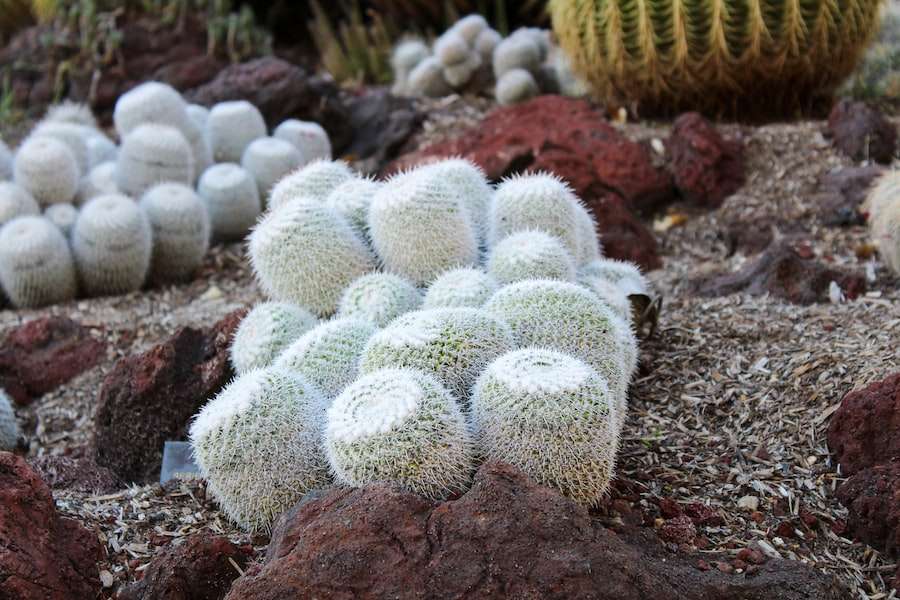
If you already have an existing landscape, you can still incorporate succulents into your design. One idea is to add succulents to flower beds. They can be used as borders or fillers between other plants, adding texture and interest to the overall display.
Another idea is to create a succulent rock garden. This involves using rocks or boulders as a backdrop and planting succulents in the crevices or pockets between them. This creates a natural-looking display that requires minimal maintenance.
Succulents can also be used as ground cover. They can be planted in between stepping stones or in areas where grass or other plants may struggle to grow. This creates a low-maintenance and visually appealing alternative to traditional ground cover options.
Creating a Low-Maintenance Succulent Garden: Time-Saving Tips and Strategies
If you’re looking to create a low-maintenance succulent garden, there are several tips and strategies you can use to save time and effort. One tip is to choose the right succulents for your climate and soil conditions. By selecting varieties that are well-suited to your environment, you can reduce the need for extra care or maintenance.
Mulching is another time-saving strategy. Applying a layer of mulch around your succulents can help retain moisture in the soil, reducing the need for frequent watering. It also helps suppress weeds, saving you time and effort in weed control.
Using weed barriers is another effective strategy for creating a low-maintenance succulent garden. Weed barriers can be placed under the soil surface to prevent weeds from growing and competing with your succulents for nutrients and water. This reduces the need for regular weeding and maintenance.
Using Succulents in Container Gardens: Creative Ideas for Small Spaces
If you have limited space or want to create a portable display, using succulents in container gardens is a great option. There are several creative ideas you can explore when it comes to using succulents in containers.
One idea is to choose the right containers for your succulents. Succulents have shallow root systems, so they don’t require deep pots. Instead, opt for wide and shallow containers that allow for proper drainage.
Creating a succulent terrarium is another creative idea. Terrariums are enclosed glass containers that create a mini-ecosystem for your plants. They can be filled with various types of succulents, rocks, and other decorative elements to create a visually appealing display.
Hanging baskets are another option for using succulents in small spaces. You can hang them from hooks or brackets on walls, fences, or pergolas. This adds vertical interest to your outdoor space and allows you to maximize your available space.
The Best Tools and Materials for Succulent Landscaping: A Comprehensive Guide
Having the right tools and materials is essential for successful succulent landscaping. When it comes to soil mixes, it’s important to choose a well-draining mix that allows excess water to escape. You can create your own mix by combining equal parts potting soil, sand, and perlite or pumice.
Fertilizers are not always necessary for succulents, as they can thrive in nutrient-poor soil. However, if you want to give your succulents an extra boost, you can use a balanced fertilizer diluted to half strength. Apply it sparingly during the growing season.
Pruning tools are also important for maintaining the shape and health of your succulents. Sharp scissors or pruning shears can be used to remove dead or damaged leaves, as well as to shape your plants.
Troubleshooting Common Problems with Succulent Landscaping: How to Identify and Fix Issues
While succulents are generally low-maintenance and hardy plants, they can still face some common problems. One common issue is overwatering. Overwatering can lead to root rot and other issues, so it’s important to allow the soil to dry out between waterings. If you notice signs of overwatering, such as yellowing or mushy leaves, reduce the frequency of watering.
Pests and diseases can also affect succulents. Common pests include mealybugs, aphids, and scale insects. These can be treated with insecticidal soap or by manually removing them from the plant. Diseases such as fungal infections can be prevented by providing proper air circulation and avoiding overwatering.
Sunburned succulents are another common issue. Succulents that are suddenly exposed to intense sunlight can develop sunburn, which appears as brown or white patches on the leaves. To prevent sunburn, gradually acclimate your succulents to increased sunlight by placing them in a partially shaded area before moving them to a full sun location.
Conclusion:
Succulent landscaping is a popular and versatile way to add beauty and interest to your outdoor space. With their drought-tolerant nature, low-maintenance requirements, and wide range of colors and textures, succulents are an ideal choice for any landscape. By choosing the right plants, designing with creativity, and providing proper care, you can create a stunning succulent garden that will thrive for years to come. Whether you have a large yard or a small balcony, succulent landscaping offers endless possibilities for creating a unique and visually appealing outdoor display.
If you’re interested in succulent landscaping and outdoor displays, you might also enjoy reading this article on GirlsGist: “Green Thumb Guide: How to Care for Your Succulent and Keep It Thriving.” This comprehensive guide provides tips and advice on how to properly care for your succulents, ensuring they stay healthy and vibrant. Whether you’re a beginner or an experienced gardener, this article is packed with valuable information to help you create a stunning succulent display in your outdoor space. Check it out here.
FAQs
What are succulents?
Succulents are plants that store water in their leaves, stems, and roots. They come in a variety of shapes, sizes, and colors and are known for their ability to thrive in dry and arid conditions.
What are the benefits of using succulents in landscaping?
Succulents are low-maintenance plants that require minimal watering and care. They are also drought-tolerant and can survive in a variety of soil types. Additionally, succulents come in a variety of colors and textures, making them a versatile choice for landscaping.
What are some popular types of succulents used in landscaping?
Some popular types of succulents used in landscaping include agave, aloe, echeveria, sedum, and sempervivum. These plants come in a variety of shapes, sizes, and colors and can be used to create a variety of outdoor displays.
What are some tips for creating a succulent display?
When creating a succulent display, it’s important to choose plants that have similar water and sunlight requirements. Additionally, it’s important to choose a container that has good drainage and to use a well-draining soil mix. Finally, consider adding decorative elements such as rocks or driftwood to enhance the display.
What are some common mistakes to avoid when working with succulents?
Common mistakes to avoid when working with succulents include overwatering, using a soil mix that doesn’t drain well, and placing succulents in areas with too much shade. Additionally, it’s important to avoid overcrowding plants, as this can lead to poor growth and disease.








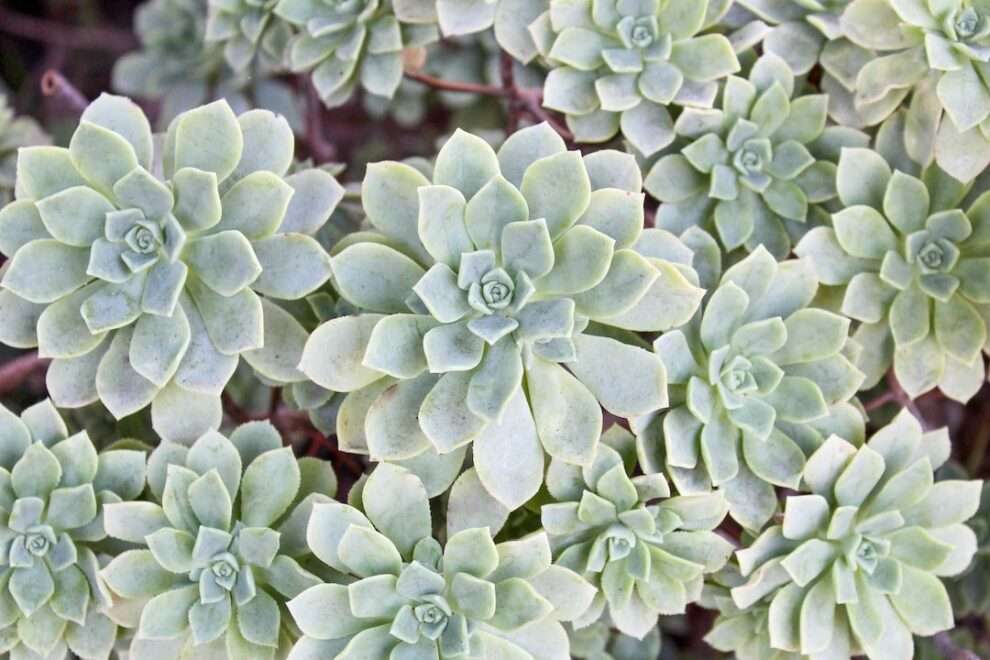
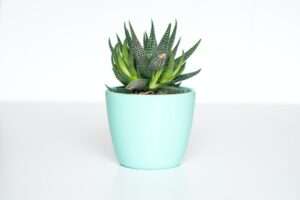
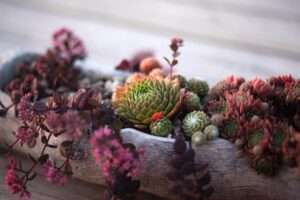



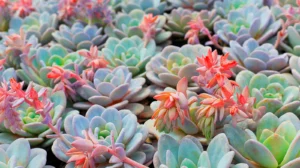

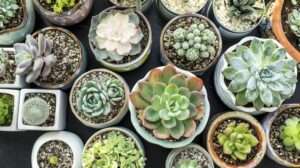
Add Comment